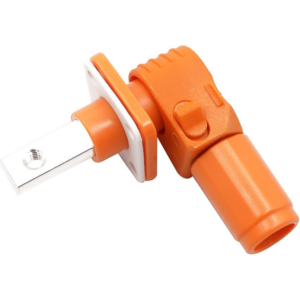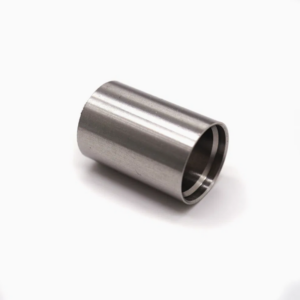Achieving defect-free results is essential in metal stamping, a precision-driven manufacturing process where even minor inconsistencies can lead to costly setbacks. Over time, machinery requires recalibration, and stamping tools like punches and dies demand regular sharpening and realignment. Ignoring these needs can cause stamped parts to deviate from required tolerances, ultimately leading to costly rework and potential delays in product delivery. When it comes to quality assurance, partnering with a metal stamping provider who shares your commitment to high standards is crucial. At Topmetalstamping, quality control is a fundamental component of our process. We continuously monitor for defects, using advanced inspection technologies to identify and address potential issues early on, helping you maintain efficient production and achieve consistent, high-quality results.
Importance of Defect Management in High-Volume Stamping
While low-volume stamping runs allow for manual inspection of each piece, large production volumes require a more efficient, automated approach to prevent defect rates from escalating. Detecting and correcting defects early is vital, as unresolved issues can result in a high percentage of defective parts and lead to additional expenses. Many high-precision stampers now leverage automated quality control systems equipped with cutting-edge technology, including computer-guided inspection methods and robotics.
Coordinate Measuring Machines (CMMs) play an essential role in this quality assurance process. These machines use delicate probes or advanced optical cameras to precisely measure and verify a stamped part’s dimensions against predetermined specifications. The data collected allows for immediate identification of tolerance deviations, which can then be corrected before they compound further. By using specialized fixtures, multiple parts can be positioned for simultaneous inspection, allowing operators to maintain productivity without sacrificing quality.
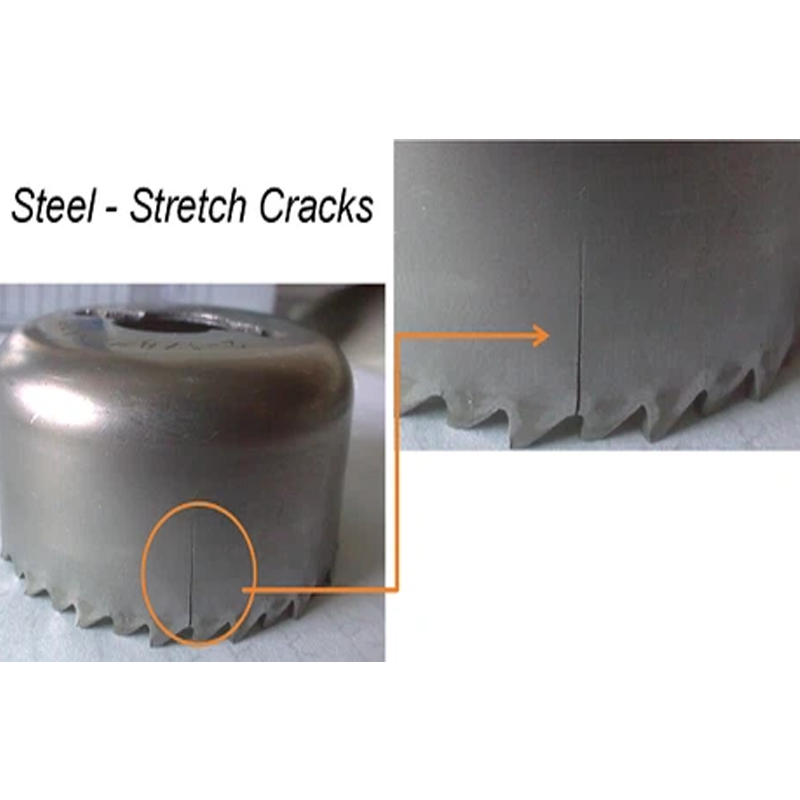
Common Defects in Metal Stamping
Forming and Dimensional Defects
Metal forming is the process of reshaping metal without altering its mass, and it’s prone to a variety of defects. These issues can stem from worn tools, improper tool assembly, material inconsistencies, or part design characteristics that are challenging to achieve with precision. Common forming defects include:
– Cracking and Tearing: Often caused by overstressed material, inadequate lubrication, or excessive stretching during forming.
– Galling and Scratching: This results from metal-to-metal contact, where surface friction causes particles to adhere to the die or punch, leaving scratches or dents on the part.
– Misalignment Issues: Occur when a part shifts during the stamping process, resulting in inaccuracies in the final product.
– Incorrect Punch Angles or Guide Positions: Misaligned tools may produce parts that do not meet precise angle requirements, affecting fit and function.
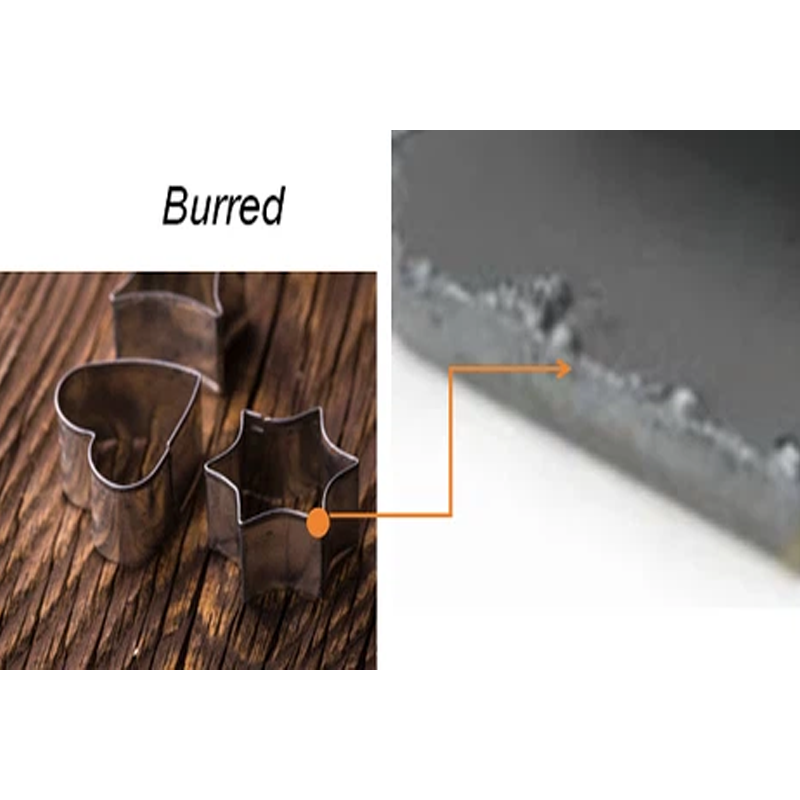
Dimensional Defects in Sheet Metal Stamping
Dimensional inconsistencies can have a significant impact on the assembly and functionality of finished parts. Common dimensional defects include:
– Warping or Twisting: Metal sheets may become twisted or warped during stamping if pressure is unevenly applied or if tools are misaligned.
– Improper Hole Placement: Holes may be incorrectly positioned, misshapen, or incorrectly sized, which can interfere with assembly or function.
– Inaccurate Bend Angles and Springback: When metal bends do not retain the intended angles, causing issues in assembly.
– Burrs and Edge Deformation: Rough edges or unwanted material along the cut lines of stamped parts can affect assembly and may require additional finishing steps.
– Incorrect Part Dimensions: Length, width, or thickness inconsistencies due to equipment misalignment or material irregularities.
These dimensional and forming defects can often be traced back to issues like incorrect force application, worn or broken punches, and misaligned material feeds. Addressing these root causes is crucial for maintaining precision and efficiency in high-volume stamping.
Packaging Defects and Their Implications
Packaging errors can be just as costly as manufacturing defects, as they can lead to damaged parts, delayed shipments, and even lost business. A comprehensive quality control process should include packaging inspections to catch these issues before they reach customers.
Labeling and Barcode Errors
Incorrect labeling, misplaced barcodes, or missing information are inconvenient in any size order, but in large production runs, these mistakes are amplified. Relabeling hundreds or thousands of boxes is both time-consuming and costly. Accurate, consistent packaging markings are essential to prevent such delays, so regular inspection and automation can help ensure that each package meets the required standards.
Container and Product Protection
Whether parts are packed manually or using semi-automated systems, the packaging process must prevent damage during transport and handling. Without proper protection, parts may jostle during shipping, leading to scratches, dents, or worse. To avoid these issues, Topmetalstamping uses custom trays, tapes, and isolation methods like tape and reel encapsulation for small parts. Final inspections ensure that every package meets quality standards, with machine vision systems often used to verify the appearance of a correctly packed box or tray, minimizing the risk of damaged products.
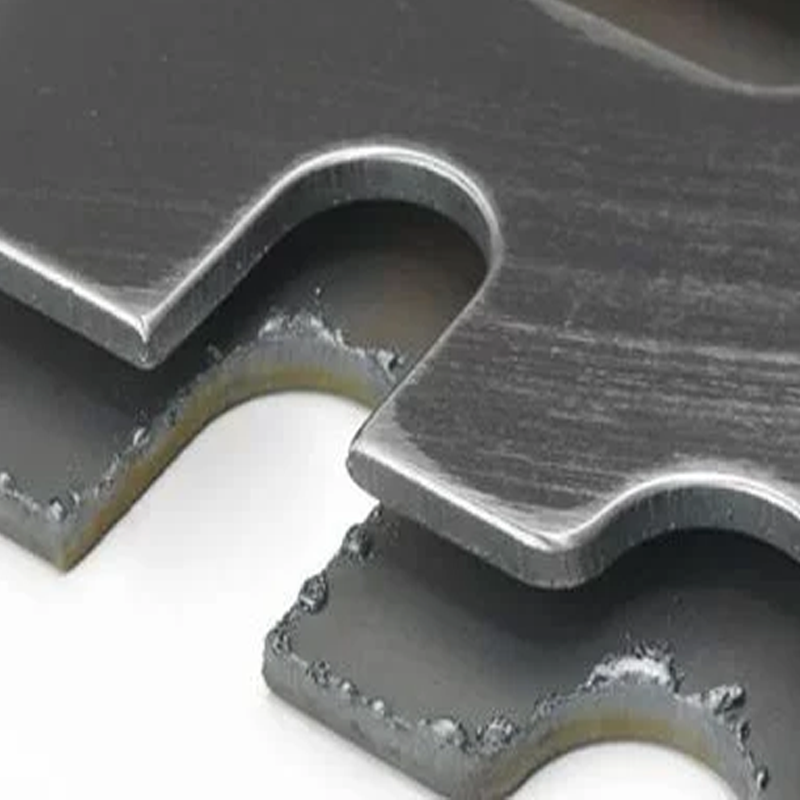
Advanced Inspection and Quality Control at Topmetalstamping
Our commitment to excellence extends beyond the stamping process to every stage of production and packaging. With ISO:9001, ISO:14001, and IATF:16949 certifications, Topmetalstamping employs a multi-level quality control approach that incorporates real-time monitoring and advanced inspection tools. These measures help to identify potential issues before they become defects and ensure consistent, high-quality outcomes that meet your precise specifications.
Our inspection processes include:
- Real-Time Monitoring: We monitor stamping machinery, tooling, and environmental factors to catch and resolve issues that could lead to defects.
- Automated Quality Control Systems: Using CMMs, vision systems, and other advanced inspection tools, we ensure that every part meets exacting quality standards.
- Comprehensive Packaging Checks: Every package undergoes a final inspection to verify labeling accuracy, proper part protection, and compliance with client specifications.
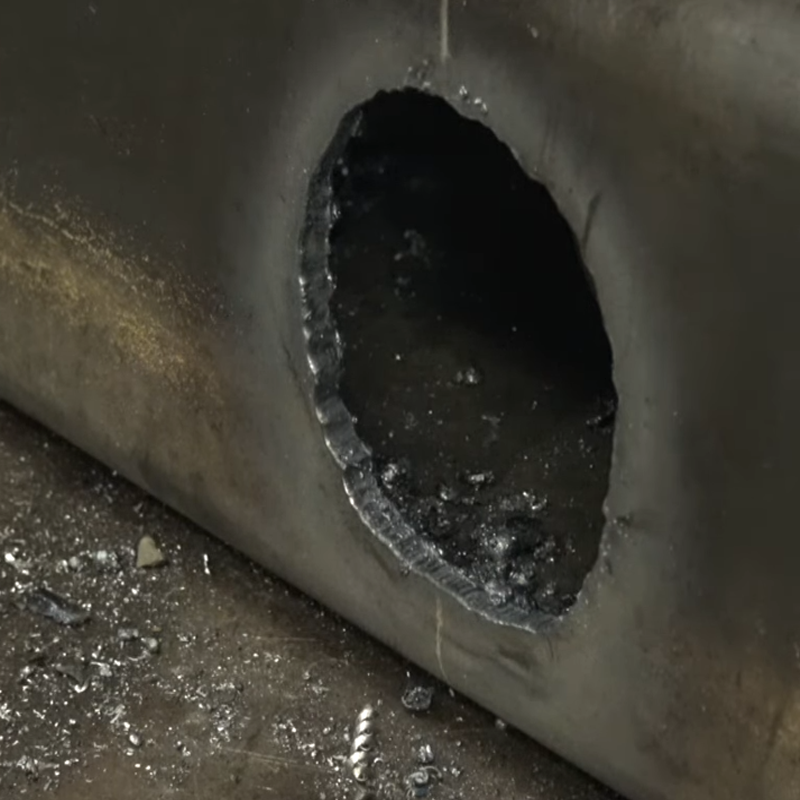
Partnering with Topmetalstamping for Quality Metal Stamping Solutions
When quality control is a top priority, it’s essential to work with a metal stamping partner who prioritizes it just as much as you do. At Topmetalstamping, we combine rigorous inspection procedures with certified processes to help clients avoid the high costs associated with defects and rework. From the initial stamping process through final packaging, our team is dedicated to delivering defect-free products that are ready for your application.
Whether you’re in automotive, electronics, consumer goods, or any other industry requiring precision metal stamping, Topmetalstamping provides the expertise, resources, and commitment to meet your needs. Contact us today to learn more about our quality metal stamping services, or request a quote to discuss your project requirements. With our attention to detail, robust quality control measures, and customer-first approach, we’re here to help you achieve the consistent, high-quality results you deserve.

